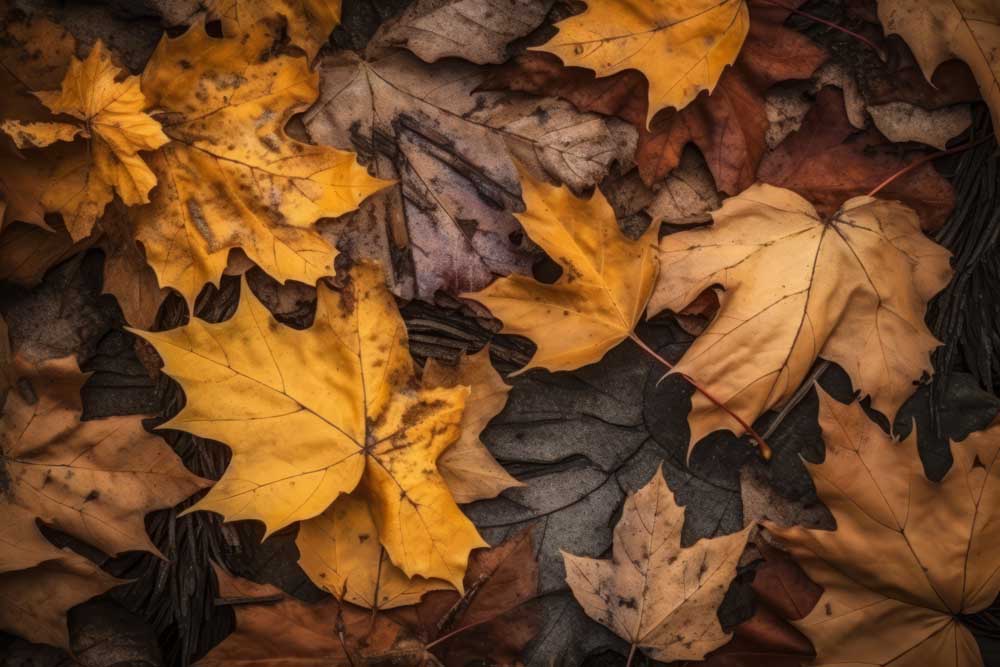Gardening corner: Three chores you should never do late in the season
Published 2:00 am Sunday, October 1, 2023

- As fall settles in and leaves start to turn, there are a few garden chores you never do late in the season: pruning, planting and fertilizing.
According to information released by the National Oceanic and Atmospheric Administration (NOAA), since 1896 the average winter temperatures across the United States have increased by nearly 3 degrees F. A warmer winter sounds great until you realize a warmer winter is consistent with observations of reduction in snowfall, snowcover and snowpack.
In the West, that also means less snowmelt in the spring reducing the availability of water for irrigation needs. If you think that global warming means that you can think about growing plants that were previously not hardy in you garden you are mistaken. The bouts of damaging cold in spring could still exist for most of us.
Weather forecasting, whether by professionals or amateurs is a notoriously inexact science. Most important is that you pay attention to your surroundings. Do you have a fenced yard or rocks that will release stored warmth? Do you live in a frost pocket? I may have frost damage but friends several blocks away have none.
Three garden chores you never do late in the season include pruning, planting and fertilizing.
Late pruning encourages new growth that is often too tender to survive freezing temperatures. Next year, plan to prune by midsummer to early fall so that new foliage can harden off.
Fall is a great time to plant trees, shrubs, and perennials. When planted early enough the roots can grow and get established before the ground freezes. This does not hold true for spring bulbs that need to be planted after the soil has cooled, usually after the first frost.
Fertilizing can cause a plant to put on lots of new growth that may not be hardy enough to withstand a frost. It is best to feed plants in spring and summer.
The following temperature guidelines will help determine what you may want to do to protect your hardier plants.
Light Freeze (29-32 degrees F) will kill some annuals and vegetables, can cause cosmetic injury on some hardier plants.
Moderate Freeze (25-28 degrees F) kills hardier annuals and vegetables, many perennials and deciduous shrubs will develop wet, mushy or blackened leaves that eventually drop off.
Hard Freeze (24 degrees F and below) annuals and vegetable crops are killed outright; perennials have extensive damage on exposed foliage; trees and shrubs often lose emerging leaves and flowers.
One fall cleanup task that needs to be performed in my landscape is cleaning up the iris patch. Schreiner’s Iris Gardens in Salem offers the following iris cultural tip for September-October.
Remove and destroy spent iris bloom stalks, and brown foliage each fall. This can reduce the occurrence of leaf spots and borers, and help to avoid overwintering insects and diseases that can cause rot. Cut back remaining foliage to about 6” above the rhizome (this is not required, and is really up to the individual gardener).
Trimming the foliage, does have its benefits: the garden appears tidier and the surface area on which leaf spot (a fungus) can develop is reduced. Schreiner’s also has an excellent fact sheet available for new iris gardeners online.
It’s not your imagination, it is time for leaves to display their color. Many years ago the belief was that there had to be a frost to bring the color. Science has revealed to us that the amount of brilliance is related to weather conditions that occur before and during the time chlorophyll in the leaves is dwindling. Temperature and moisture are the main influences. A succession of warm, sunny days and cool, crisp but not freezing nights seems to bring about the most spectacular color displays.
In response to the shortening days and declining intensity of sunlight, leaves begin the processes leading up to their fall. The veins that carry fluids into and out of the leaf gradually close off as a layer of cells form at the base of each leaf. These clogged veins trap sugars in the leaf and promote production of anthocyanins. Once this separation layer is complete and the connecting tissues are sealed off, the leaf is ready to fall.
Three guesses as to what the next step is.








